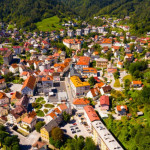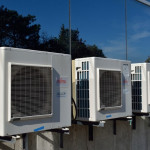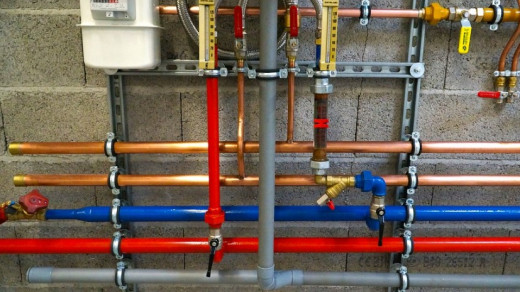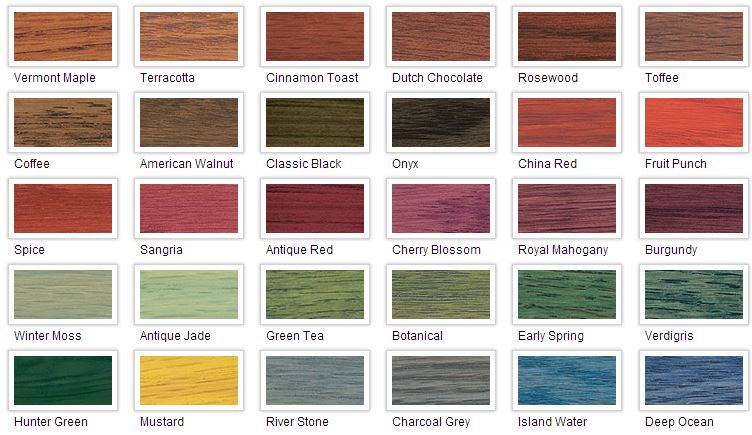As grapes embark on their vinous journey, a magical process unfolds—alcoholic fermentation. This enchanting transformation witnesses the conversion of grape sugars into alcohol, marking the initiation of a wine’s journey. Simultaneously, malic acid undergoes a metamorphosis into lactic acid through malolactic fermentation (MLF). This dual dance not only contributes to the wine’s alcoholic content but also plays a crucial role in shaping its acidity, stability, and suppleness. The complexity of this natural process often leads winemakers to employ selected yeasts, offering greater control over sugar levels and acidity during fermentation.
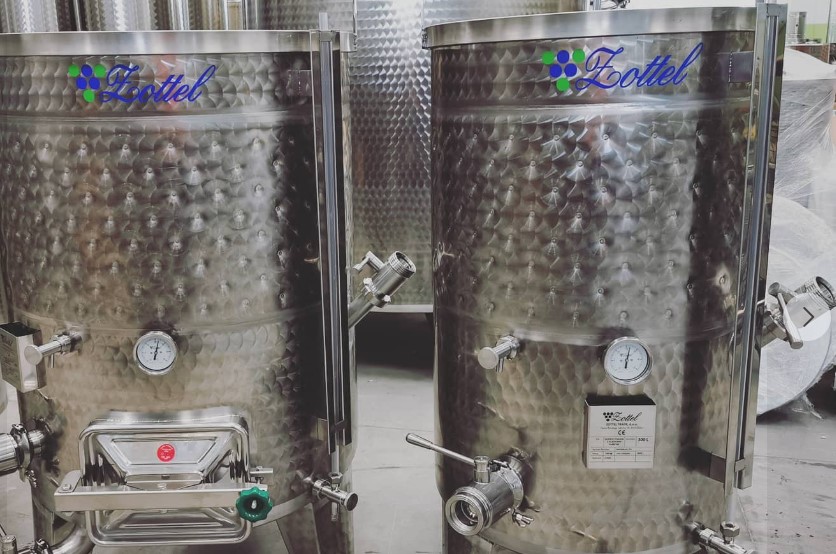
Table of Contents:
Unveiling the Essence: Clarification and Stabilization
The post-fermentation phase is a crucial juncture where the wine begins to reveal its true character. This period of development and aroma fixation unfolds through physicochemical transformations in the winery cellar. Clarification and maturation take center stage, guiding the wine towards its final form. For nouveau or “primeur” wines, maturation before bottling remains optional, allowing for a swift progression to the next stage of the winemaking journey.
The Art of Purification: Techniques in Clarification
Post-fermentation, the wine is not a finished masterpiece; it requires meticulous attention to detail for further enhancement. Clarification, an integral step in this artistic process, employs various techniques aimed at cleansing the wine. From traditional methods to modern innovations, winemakers employ a diverse toolkit to ensure the purity and brilliance of the final product.
Unveiling the Wine’s Potential: Post-Fermentation Development
Upon the completion of fermentation, the wine embarks on a transformative journey to unlock its full potential. The post-fermentation phase is a critical period where the wine undergoes development to fix its aromas. This intricate process of physicochemical transformation unfolds within the confines of the winery cellar. This stage, often segmented into clarification and maturation, plays a pivotal role in shaping the final character of the wine. Notably, for nouveau or “primeur” wines, the maturation step before bottling remains an optional choice.
Techniques of Transformation: Cleansing the Wine
In the pursuit of wine refinement, a set of techniques come into play, aiming to cleanse the liquid elixir. Racking stands out as a method that refrains from introducing additional elements to the wine. Instead, it relies on the simple act of decantation to eliminate undesirable deposits. The timing of extraction is finely tuned through sensory evaluation. For red wines, the transfer from cask to cask incorporates an intermediate aeration, fostering the development of tannins and securing the fixation of the red color. Cloning, an alternative to aeration, involves the introduction of a controlled amount of oxygen to counteract reduction, a process that diminishes complex flavors and leads to unpleasant odors. Stirring, or “bâtonnage” in French, combats reduction in white wines, preventing the oxidation of deposit particles, known as lees, by bringing them back into suspension through gentle agitation.
The Crucial Vessel: Impact of Storage Containers on Wine Taste
The winemaker faces a pivotal decision in determining the storage vessel for the wine—be it stainless steel wine tanks, ceramic tanks, wooden barrels, jars, or bottles. This choice carries substantial implications for the ultimate taste profile of the wine. The process of clarification and stabilization holds profound significance, contributing to one-third of the success in red wine development and an even more substantial half in the case of white wines.
The Elegance of Aging: Maturation in Bottles
Aging marks the graceful maturation of wine within the confines of the bottle. This delicate process unfolds either within the wineries or in the private cellars of individuals. Notably, only wines crafted for extended aging can lay claim to this distinguished step, with nouveau wines designed for swift consumption. Although the stages of aging are shared, winemakers’ techniques exhibit a delightful variability from one winery to another, each preserving its unique recipe as a closely guarded secret. Now armed with insight, you can demystify the journey from the vineyard to the bottle gracing your table, and Winalist hopes these technical wine terms will no longer perplex but rather enhance your appreciation of the intricate winemaking process.
Posts from the same category:
- The Trusted Choice for HVAC Services in Monroe County Michigan
- Acrylic fabrication
- Landscaping company Downriver Michigan
- Benefits of Modular Constructions Over Traditional Buildings
- Roofing services to both residential and commercial customers
- Guide for Appliance Repairs
- Learn All About Roofing Services Canton




